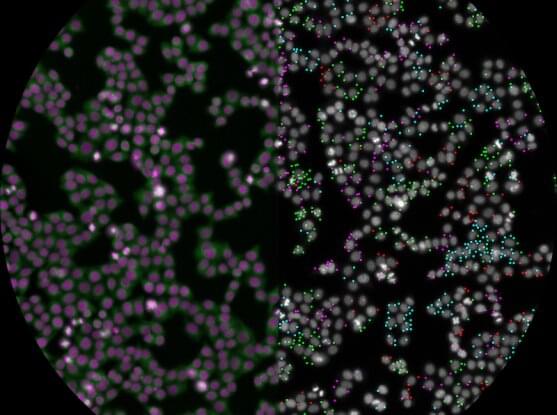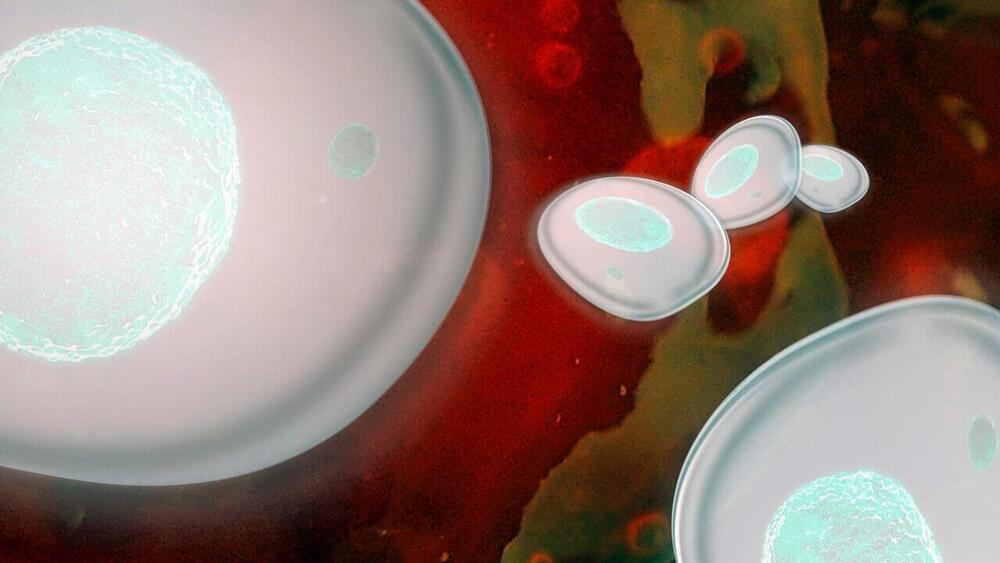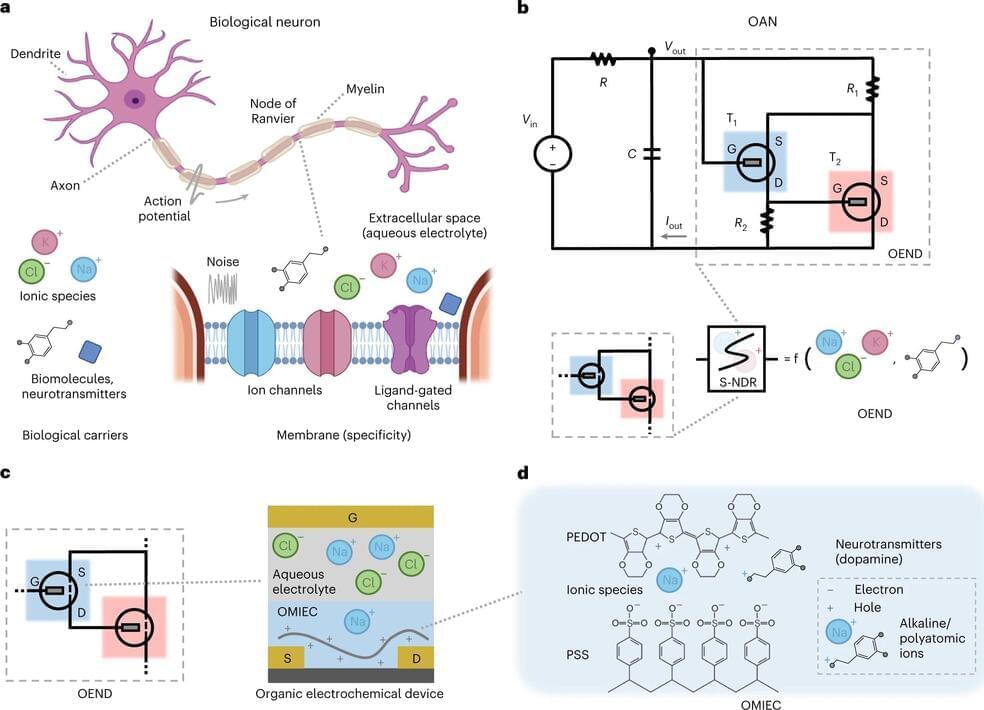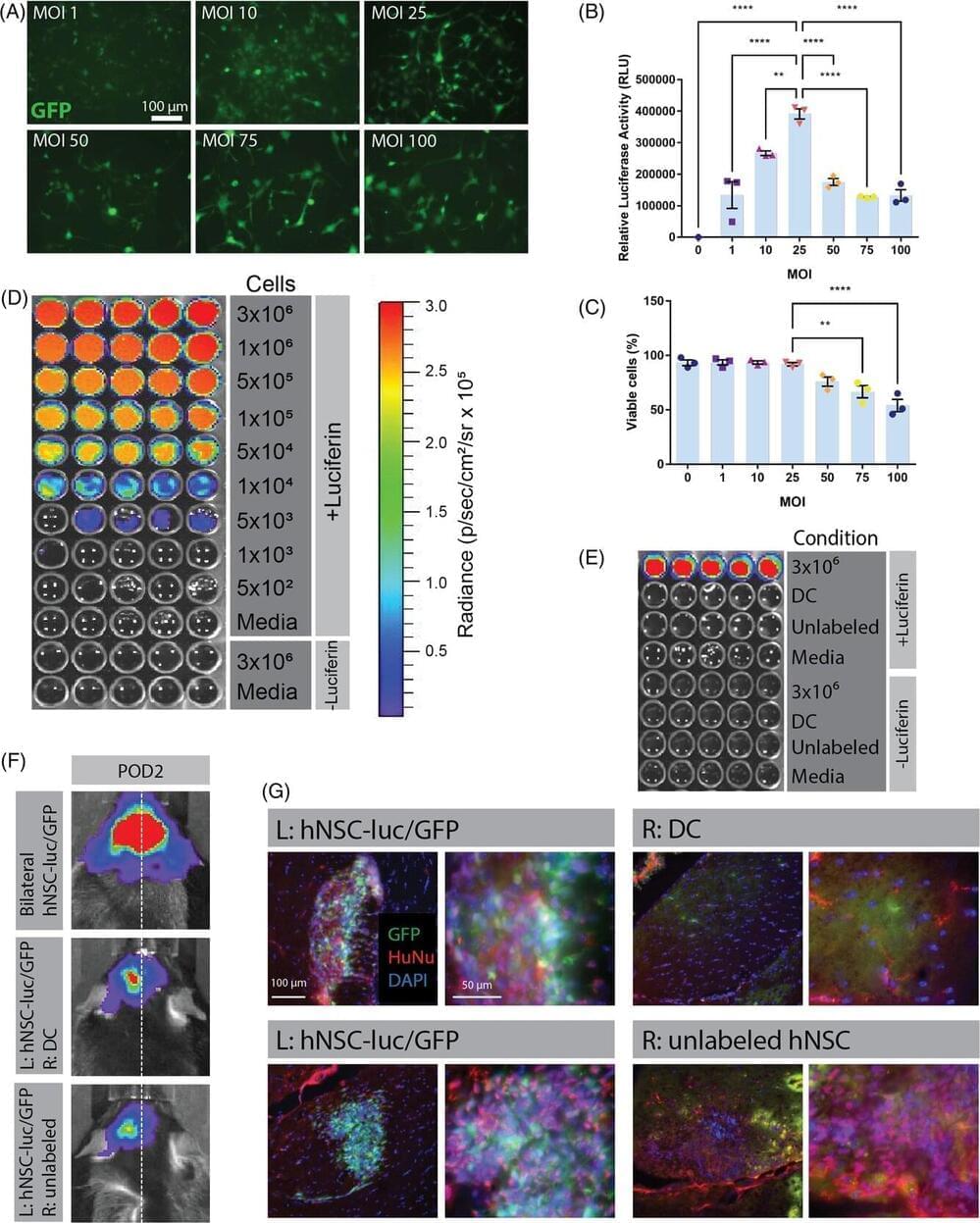A team of scientists at Whitehead Institute and the Broad Institute of MIT and Harvard have systematically evaluated the functions of more than 5,000 essential human genes using a novel, pooled, imaged-based screening method. Their analysis harnesses CRISPR/Cas9 to knock out gene activity and forms a first-of-its-kind resource for understanding and visualizing gene function in a wide range of cellular processes with both spatial and temporal resolution.
The team’s findings, published in the journal Cell, span over 31 million individual cells and include quantitative data on hundreds of different parameters that enable predictions about how genes work and operate together.
“For my entire career, I’ve wanted to see what happens in cells when the function of an essential gene is eliminated,” said Iain Cheeseman, a senior author of the study and a member of Whitehead Institute. “Now, we can do that, not just for one gene but for every single gene that matters for a human cell dividing in a dish, and it’s enormously powerful. The resource we’ve created will benefit not just our own lab but labs around the world.”







